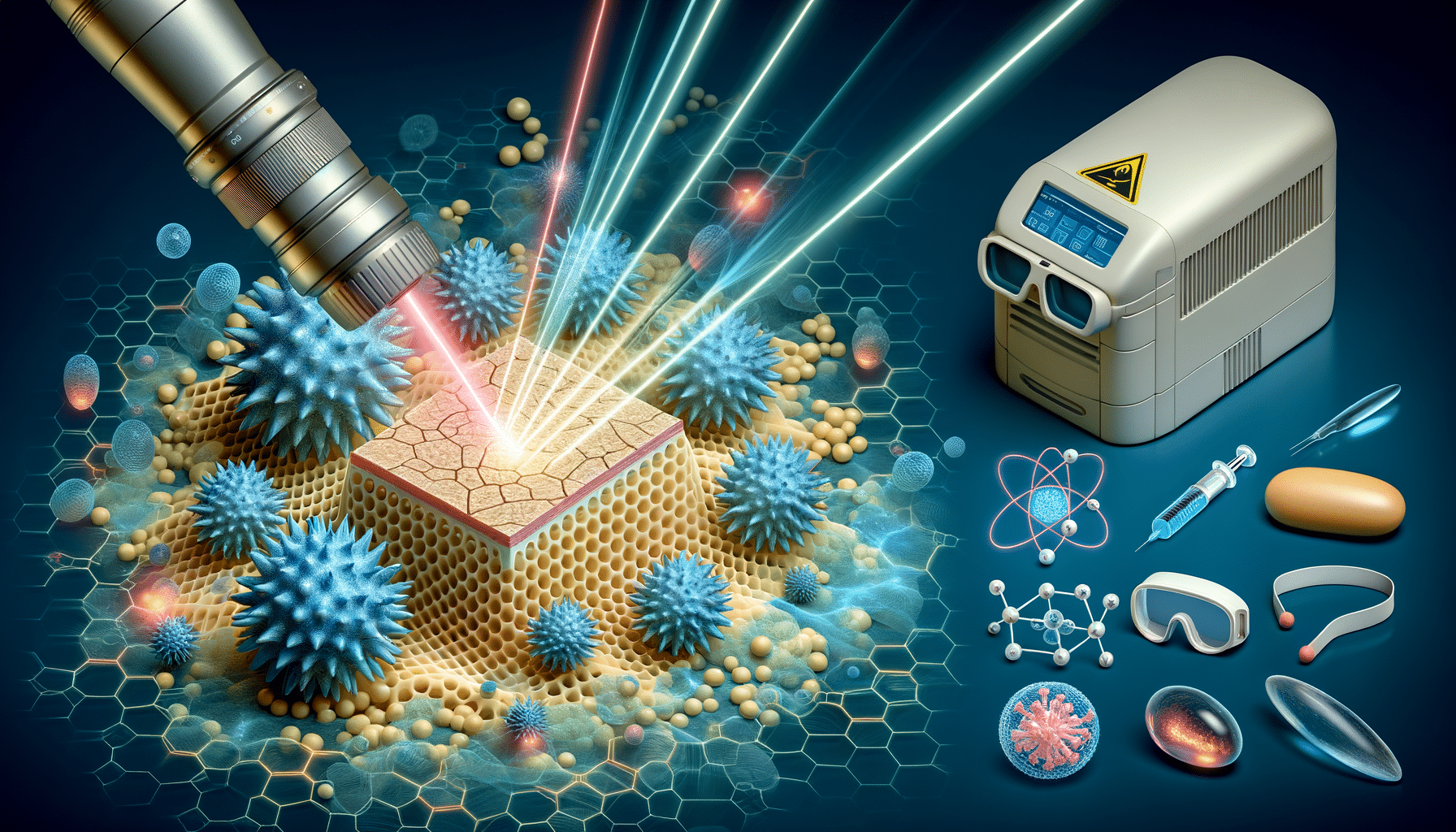
What You Need to Know About Laser Skin Treatments
Understanding Laser Skin Treatments: An Overview
In recent years, laser skin treatments have gained significant popularity as a non-invasive method to rejuvenate and improve skin appearance. These treatments utilize focused light, or lasers, to address a variety of skin concerns, ranging from acne scars to fine lines and wrinkles. The technology behind laser treatments has advanced considerably, offering more precise and effective solutions for different skin types and issues.
Laser skin treatments work by targeting specific areas of the skin with concentrated light beams. This process can stimulate collagen production, remove damaged skin layers, or target pigments to reduce the appearance of blemishes. As lasers can be tailored to individual skin needs, they offer a customizable approach to skincare, making them a preferred choice for many seeking to enhance their skin’s health and appearance.
Some common types of laser treatments include ablative lasers, which remove layers of skin, and non-ablative lasers, which stimulate collagen without removing skin layers. Each type has its unique benefits and is chosen based on the specific skin condition being treated. With the right treatment plan, laser procedures can offer long-lasting results, contributing to a more youthful and radiant appearance.
The Benefits and Considerations of Laser Skin Treatments
Laser skin treatments offer several benefits, making them a popular choice for those looking to improve their skin’s texture and tone. One of the primary advantages is their ability to target specific skin issues with precision, minimizing damage to surrounding tissues. This precision leads to quicker recovery times compared to more invasive procedures.
Key benefits of laser skin treatments include:
- Reduction of fine lines and wrinkles
- Improvement in skin texture and tone
- Minimization of scars and blemishes
- Stimulation of collagen production
However, it is essential to consider certain factors before opting for laser treatments. Skin type, the specific condition being treated, and the potential for side effects such as redness or swelling should be evaluated. Consulting with a qualified dermatologist or skincare professional can help determine the most suitable treatment plan tailored to individual needs.
While laser treatments are generally safe, they are not without risks. Proper pre-treatment and post-treatment care are crucial to achieving the best results and minimizing complications. Understanding these aspects can help individuals make informed decisions about incorporating laser treatments into their skincare regimen.
What to Expect During and After a Laser Skin Treatment
Preparing for a laser skin treatment involves several steps to ensure optimal results. Prior to the procedure, patients may be advised to avoid sun exposure and certain skincare products that could increase sensitivity. On the day of the treatment, a topical anesthetic may be applied to minimize discomfort during the procedure.
During the treatment, the laser device is passed over the targeted areas, delivering controlled light pulses to the skin. The duration of the procedure varies depending on the size of the area being treated and the type of laser used. Most sessions last between 30 minutes to an hour.
Post-treatment care is crucial for recovery and achieving the desired outcomes. Patients might experience mild redness and swelling, which typically subside within a few days. It is important to follow the aftercare instructions provided by the skincare professional, which may include avoiding sun exposure, using gentle skincare products, and keeping the skin moisturized.
Results from laser skin treatments can vary, with some individuals noticing improvements immediately, while others may require multiple sessions for optimal results. Patience and adherence to post-treatment guidelines are key to enjoying the long-term benefits of laser skin treatments.


